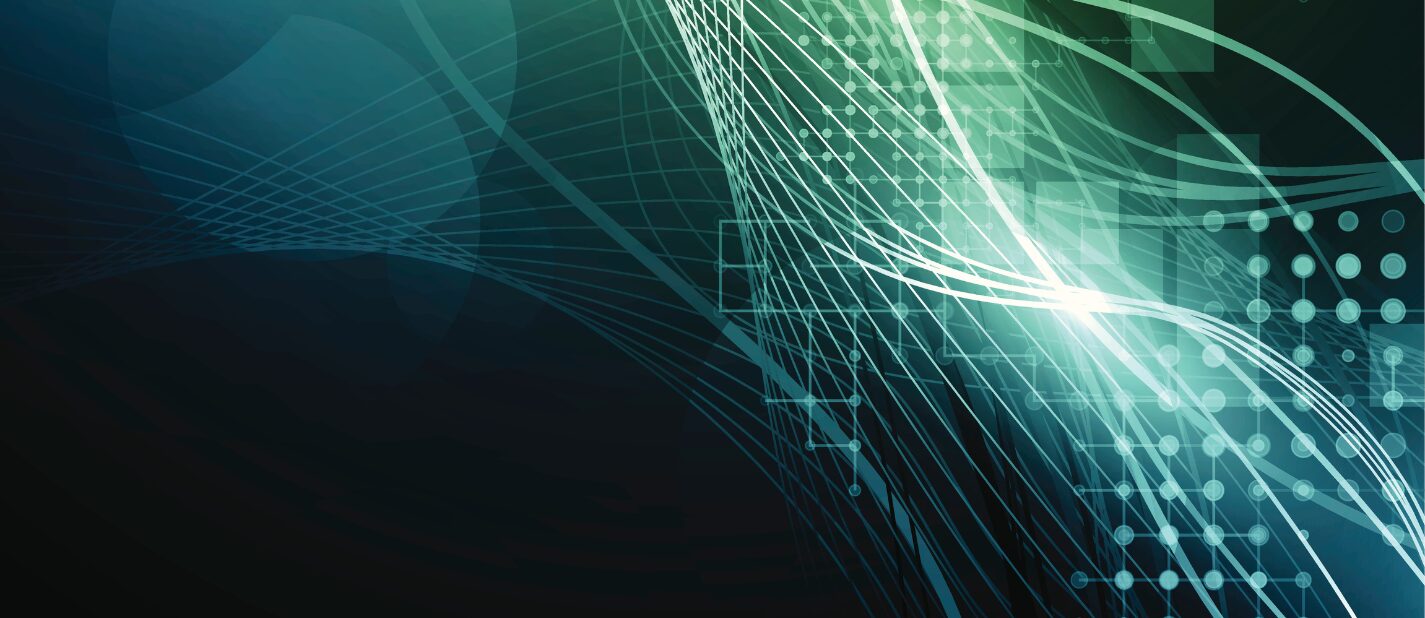
Achieve NIS2 Compliance with Identity & Access Management
Expert Assessments, Tailored Strategies, Implementation Support
At iC Consult, we help organizations achieve NIS2 compliance by strengthening their Identity & Access Management (IAM) strategy. Explore our NIS2 Assessment & Strategy Offerings to see how we can guide your organization toward compliance – assessing risks, closing compliance gaps, and building a future-proof identity security framework.
The NIS2 Deadline is Here – Why You Need to Act Now
The NIS2 Directive is binding across the EU as national laws take effect, requiring organizations in critical and highly critical sectors to adopt strict cybersecurity controls. Compliance isn’t just about avoiding penalties –it’s about securing your business against rising cyber threats and ensuring long-term resilience.
Strict Deadlines & Complex Requirements – NIS2 demands extensive security measures that can take up to 18 months to fully implement. Delaying action could leave your organization unprepared when enforcement begins
Unannounced Inspections & Heavy Penalties – Authorities may conduct random compliance checks, and failure to comply could result in hefty fines, reputational damage, and personal liability for executives.
Growing Cyber Threats & Increased Risk Exposure – Cyberattacks are on the rise, and organizations without robust IAM strategies face not only compliance risks but also serious security vulnerabilities.
More Organizations Than Ever Fall Under NIS2 – The directive significantly expands its scope beyond large enterprises to small businesses and startups. Following a proportionality approach like DORA, smaller firms face less strict requirements and lower penalties, but compliance remains mandatory.
The Key to NIS2 Compliance: Identity & Access Management
Most of the NIS2 Directive’s requirements can be met with a well-structured IAM solution. By securing identities, enforcing access controls, and enabling continuous monitoring, IAM also strengthens cybersecurity and ensures long-term resilience.
Here’s how IAM will help you achieve NIS2 Compliance:
Privileged Access Management
Identity Governance & Administration
Identity Threat Detection & Response
Privileged Access Management
- Enforce Strong and Risk-Based Access Controls: Restrict privileged access using Multi-Factor Authentication (MFA), Just-in-Time (JIT) access, Role-Based Access Control (RBAC), and least privilege principles to minimize attack surfaces and prevent unauthorized access to critical systems.
- Session Monitoring & Recording: Continuously monitor and record privileged sessions to detect suspicious behavior and ensure full auditability of sensitive activities.
- Password Vaulting & Secure Credential Management: Store, manage, and rotate privileged credentials securely, preventing unauthorized access and credential misuse.
- Real-Time Threat Detection & Response: Get instant alerts on suspicious activity, automatically terminate compromised sessions, and enforce adaptive secutiry measures.
- Meet Strict Reporting Requirements: Automate audit logs and compliance reports to ensure compliance with NIS2’s strict incident reporting deadlines: 24-hour early warning, 72-hour detailed report, and 1-month final report.
Identity Governance & Administration
- Centralized Identity Management & SoD Enforcement: Ensure only authorized users have access to critical systems and data while enforcing Segregation of Duties (SoD) to prevent conflicts and insider threats.
- Automate Access Reviews & Lifecycle Policies: Prevent over-permissioned accounts and human error with automated identity governance and policy enforcement.
- Enhance Supply Chain Security: Secure third-party and vendor access, ensuring compliance beyond your organization.
- Identity Analytics & Anomaly Detection: Continuously analyze user access patterns, detect suspicious activity, and prevent unauthorized access in real time.
Identity Threat Detection & Response
- Detect & Respond to Identity-Based Attacks: Use continuous monitoring, behavioral analytics, and SIEM integration to identify and stop suspicious activity.
- Prevent Unauthorized Access Attempts: Block compromised credentials and high-risk logins with risk-based authentication and adaptive security controls.
- Automate Incident Response & Reporting: Integrate with SIEM/SOAR systems to streamline incident detection, containment, and reporting, ensuring fast compliance with NIS2’s strict reporting deadlines.
How You Can Achieve NIS2 Compliance with iC Consult
To successfully meet NIS2 requirements, you need a clear strategy and the right security measures in place. Our two structured packages help you assess your cybersecurity posture, identify compliance gaps, and develop a solid plan to ensure full compliance.
NIS2 Health Check
Understand, Assess, and Identify Compliance Gaps
This package provides a structured overview of NIS2 and its impact on your business. We analyze your current security framework and highlight key areas requiring action.
- Overview of NIS2 regulations and national implementations
- Insights into how organizations should implement NIS2
- Key compliance areas: What needs to be addressed?
- Recommended strategic steps toward compliance
Outcomes:
- Gain clarity on your NIS2 obligations
- Understand potential risks and compliance gaps
- Receive an initial assessment of your cybersecurity posture
- Lay the groundwork for a structured compliance approach
NIS2 Compliance Workshop
Deep-Dive Assessment and Tailored Strategy Development
A hands-on workshop to analyze your NIS2 readiness, identify security gaps, and develop a customized compliance strategy.
- In-depth compliance assessment with detailed gap analysis
- IAM-specific insights to align your security strategy with NIS2
- Expert recommendations to optimize your security framework
- Customized roadmap with prioritized action steps for compliance
- Optional implementation support to achieve compliance
Outcomes:
- Comprehensive compliance insights and gap analysis
- A clear mitigation strategy with tailored recommendations
- Action plan to achieve NIS2 compliance
- Expert guidance on next steps and implementation support
Get Expert Guidance on NIS2 Compliance
Whether you need a compliance check, a deep-dive workshop, or full IAM implementation, our experts are here to help. Contact us today to discuss your needs and take the next step toward NIS2 compliance.
Why iC Consult is Your Trusted Partner for NIS2 Compliance
Highly Experienced and Certified IAM Experts
Our team has deep expertise in Identity & Access Management (IAM), cybersecurity, and compliance, ensuring a seamless approach to NIS2 requirements.
Vendor Independence for the Right Solution
Working with 30+ leading technology partners, we provide unbiased guidance to help you choose and implement the best IAM solutions and products for your specific needs.
Expertise in NIS2-Relevant Sectors
We work with organizations across critical and highly critical industries and understand their unique security challenges to ensure NIS2-compliant IAM solutions tailored to their needs.
Local Experts for Country-Specific NIS2 Compliance
With teams across the EU, we provide in-depth knowledge of national implementation laws and country-specific requirements.
Proven Success in IAM & Compliance
With a strong track record of successful IAM projects, we help organizations achieve long-term security and regulatory compliance with confidence.
Deepen Your Understanding of NIS2 with our Expert Insights
Results: 10

NIS2 Implementation – Requirements, Affected Companies and How IAM Strategies Help with Compliance
Discover everything about NIS2 implementation – requirements, affected companies, and how to achieve compliance with an IAM solution – in this blog post.

Understanding the Impact of NIS2 on Your Business and the Critical Role of Identity Security
Learn how to navigate NIS2 compliance with expert insights from SailPoint and iC Consult, focusing on identity security’s pivotal role in meeting EU regulations

Unlocking NIS2 Compliance
Watch this webinar to understand the key NIS2 Directive aspects, learn why Identity Security is vital for NIS2 compliance, and more.
